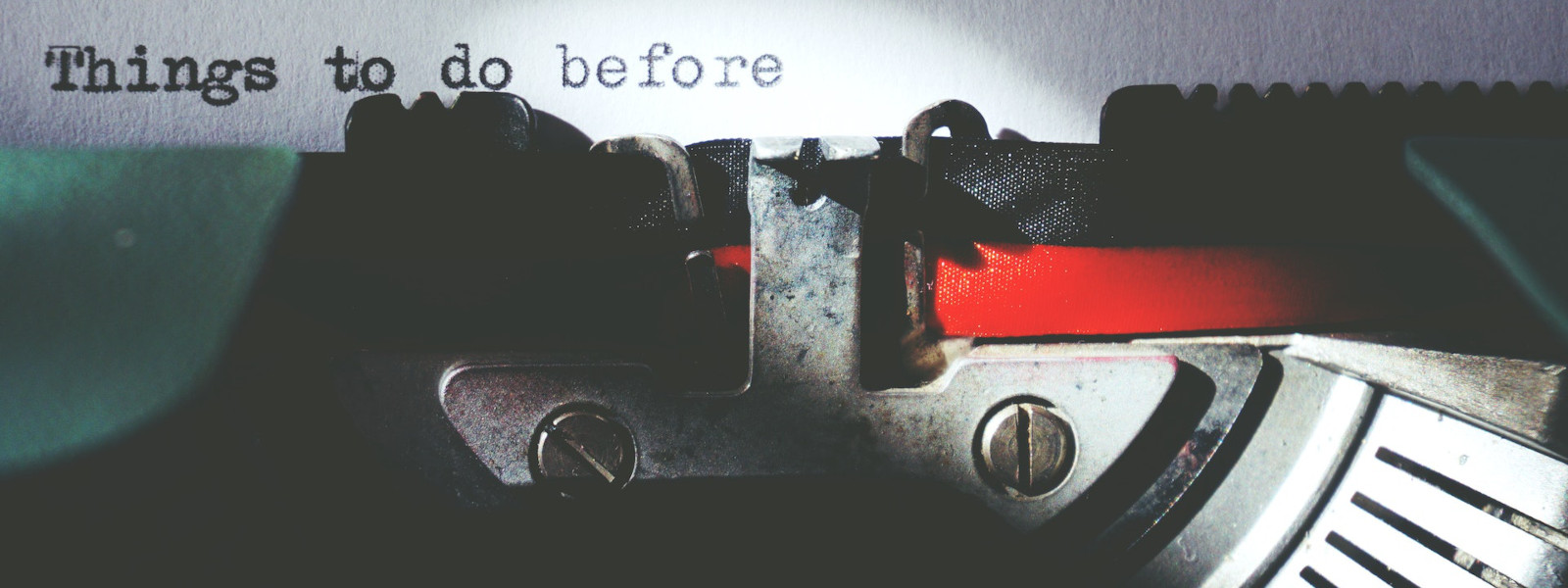
Simple tools for concentrating and getting things done
Do you sometimes notice yourself becoming distracted when you’re trying to focus on a task? I know I do.
A recent Harvard Business Review article reported a study that found that people check their email on average 74 times a day — each check bringing the temptation to read or respond to emails. It’s well-know that task-switching ("multi-tasking") is counterproductive and can lead to stress.
However, even if we resist getting side-tracked into other tasks, letting our mind wander too much and giving in to distractions constantly can also lead to stress and affect well-being.
On the flip side, we are also advised to get up regularly from our desks to prevent backache and other physical issues.
Preparing the mind for concentration
Mindfulness is well-known to improve over time the ability to focus. It requires discipline and practice, though.
A useful technique to immediately tune into a productive state-of-mind is balanced breathing: breathing evenly by inhaling for six seconds, then and exhaling for six seconds. It helps to quickly achieve a calm, alert state-of-mind.
Balancing concentration with regular breaks
Over time I have tried different practical approaches to achieve a better balance between concentration and breaks. I’ve experimented with scheduling my tasks and breaks at the start of a workday; using a countdown timer (Pomodoro technique) to structure time into periods of concentration; and using a typing break application on my laptop to remind me to get up from my desk.
The drawback I found of breaking up time in set blocks is that the break doesn’t necessarily come as a natural breakpoint in my work. With the typing break, for example, the reminder didn’t necessarily come at the right time, and I often ended up clicking the Snooze button over and over again, until 45 minutes later I realised my concentration had waned but I still hadn’t taken a break.
Tool 1: The Stopwatch
Move over Pomodoro, here comes the Stopwatch! Recently I have been using a stopwatch instead — and for me this works very well to balance concentration and breaks. I simply start the timer on my sports watch, which I put next to my keyboard. If my mind wanders and I glimpse at the watch after say three minutes, not much has been lost as I’ve only been working for a very short period of time and I simply bring my attention back — very much as in meditation. If I look at the watch after say twenty minutes, I tell myself I have been concentrating for a good block of time already and I continue. So either way, it’s ok. If my attention wanders after 45 minutes, then it’s a good time to get up and take a break, and then restart the process. Since the watch is within my field of vision it’s also unlikely I will forget to take a break entirely. I find that this stopwatch approach encourages me to focus for productive stretches of time that fit with my own rhythm and natural breakpoints in my work.
Tool 2: The Dot
Although I have switched off email notifications, I still noticed myself checking email too often. In fact it seemed it was more a habit of clicking on the email icon than the need to read messages. A very simple trick works for me: when I start the stopwatch I take a new small piece of paper and when I have the urge to click the email icon, I simply put a fat dot on the paper. Making a dot replaces the click habit with one that doesn’t interrupt my concentration. Seeing the number of dots within say a 45 minute work slot makes me realise how many time I would have checked my email and is thus a motivation to focus better. After using this technique for a few weeks the number of dots has almost fallen to zero.
Fifty minutes of concentration, time for a break!
Feel free to drop me a line to share your experience with this approach — catherine [at] strategic-consulting.scot